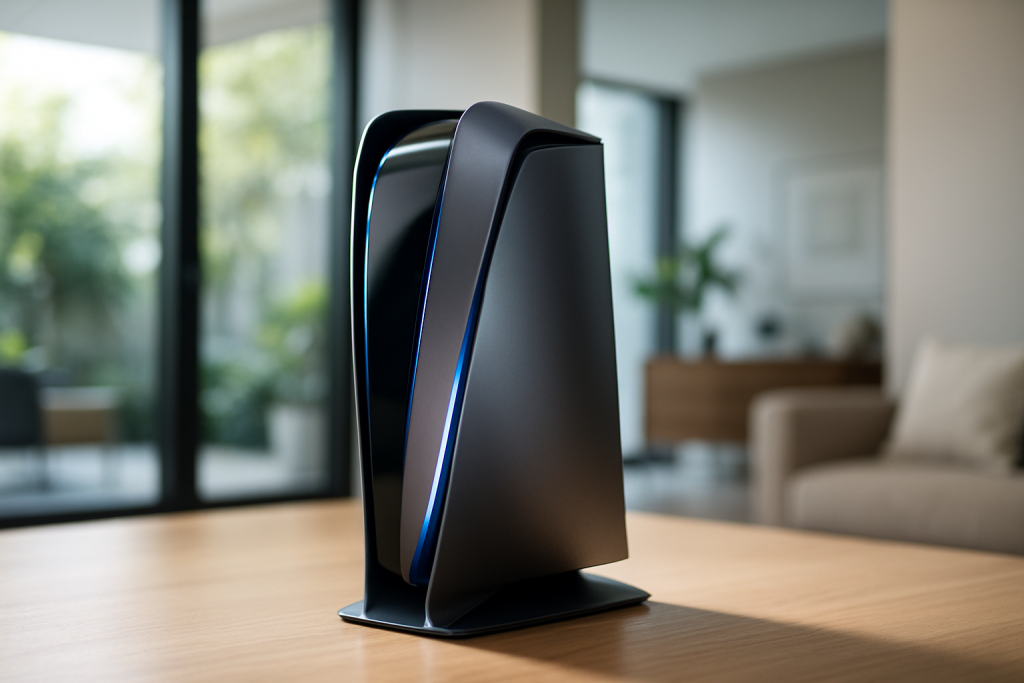The year is 2025. Flying cars still haven’t quite taken off (thanks, supply chain issues!), but the AI revolution is in full swing. And the latest development? A move so audacious, so perfectly Silicon Valley, it feels like it was ripped straight from the script of a cyberpunk thriller: OpenAI just dropped a cool $6.5 billion to acquire io, the AI hardware startup founded by none other than Jony Ive, the design demigod responsible for making Apple products so sleek they practically levitate.
Yes, that Jony Ive. The man who whispered sweet nothings to aluminum unibodies and whose design philosophy shaped a generation of consumer electronics. After leaving Apple in 2019, many wondered what his next act would be. Turns out, it was to build an AI-focused hardware company, presumably with the same level of obsessive attention to detail that made the iMac, iPod, and iPhone cultural touchstones. And now, OpenAI, fresh off its $3 billion acquisition of the AI-assisted coding tool “Windsurf” earlier this month, has snapped it up.
So, what’s the big deal? Why is this more than just another tech headline? Let’s dive in.
Imagine the possibilities. OpenAI, the company behind the language model that’s writing half of your emails and probably ghostwriting your tweets, now has access to a design guru who can turn raw silicon into objects of desire. It’s like giving Picasso a laser cutter and a team of robotic assistants. The potential for groundbreaking AI-powered hardware is, frankly, staggering.
Think beyond the screen. For years, AI has been largely confined to software, living inside our phones, computers, and the cloud. This acquisition signals a clear intention from OpenAI to break free from those constraints and create tangible, physical AI experiences. We’re talking about devices that don’t just process information, but seamlessly integrate into our lives, anticipating our needs and responding with an intuitive grace that only Jony Ive could conjure.
What kind of products are we talking about? Could it be a home AI assistant that’s actually, dare we say, beautiful? Imagine a device that doesn’t just bark answers at you like a digital drill sergeant, but anticipates your needs with quiet elegance. Perhaps it’s a medical device that combines AI diagnostics with a user-friendly interface, making healthcare more accessible and less intimidating. Or maybe it’s something completely new, something we haven’t even conceived of yet. That’s the tantalizing part.
The implications are vast, reaching far beyond the realm of consumer electronics. This acquisition is a shot across the bow to other tech giants. It’s a clear signal that OpenAI isn’t content to simply provide the brains of the AI revolution; it wants to control the entire organism, from neuron to nervous system to the polished, aluminum exoskeleton.
This move also reflects a growing trend of AI companies investing in hardware. It’s no longer enough to have the smartest algorithms; you need the hardware to run them efficiently and effectively. By controlling both the software and the hardware, OpenAI can optimize performance, tailor the user experience, and create a truly integrated AI ecosystem. It’s the Apple model, but for artificial intelligence.
Of course, this acquisition also raises some important questions. Will OpenAI be able to maintain its open-source ethos while developing proprietary hardware? Will Jony Ive’s design sensibilities mesh with OpenAI’s engineering culture? And, perhaps most importantly, will these new AI-powered devices be accessible to everyone, or will they become another luxury item for the tech elite?
Furthermore, the ethical considerations are significant. As AI becomes more deeply integrated into our lives, it’s crucial that these technologies are developed responsibly and ethically. Jony Ive’s involvement could bring a human-centered design approach to AI hardware, ensuring that these devices are not only powerful but also empathetic and aligned with human values. But the potential for misuse, for bias, and for unintended consequences remains a serious concern.
The financial impact of this acquisition is also worth noting. $6.5 billion is a lot of money, even for OpenAI. This investment signals a massive bet on the future of AI hardware and a belief that the integration of AI and design will create significant economic value. It’s a gamble, to be sure, but one that could pay off handsomely if OpenAI and Jony Ive can deliver on their promise.
In the end, OpenAI’s acquisition of io is more than just a business transaction; it’s a cultural moment. It’s a collision of two iconic forces in the tech world, a fusion of artificial intelligence and human creativity. It’s a bold step into the future, a future where AI isn’t just a tool but a partner, a collaborator, and, dare we hope, a force for good. Whether that future turns out to be a utopian dream or a dystopian nightmare remains to be seen. But one thing is certain: it’s going to be beautiful. (Assuming Jony Ive has anything to say about it.)
Discover more from Just Buzz
Subscribe to get the latest posts sent to your email.


